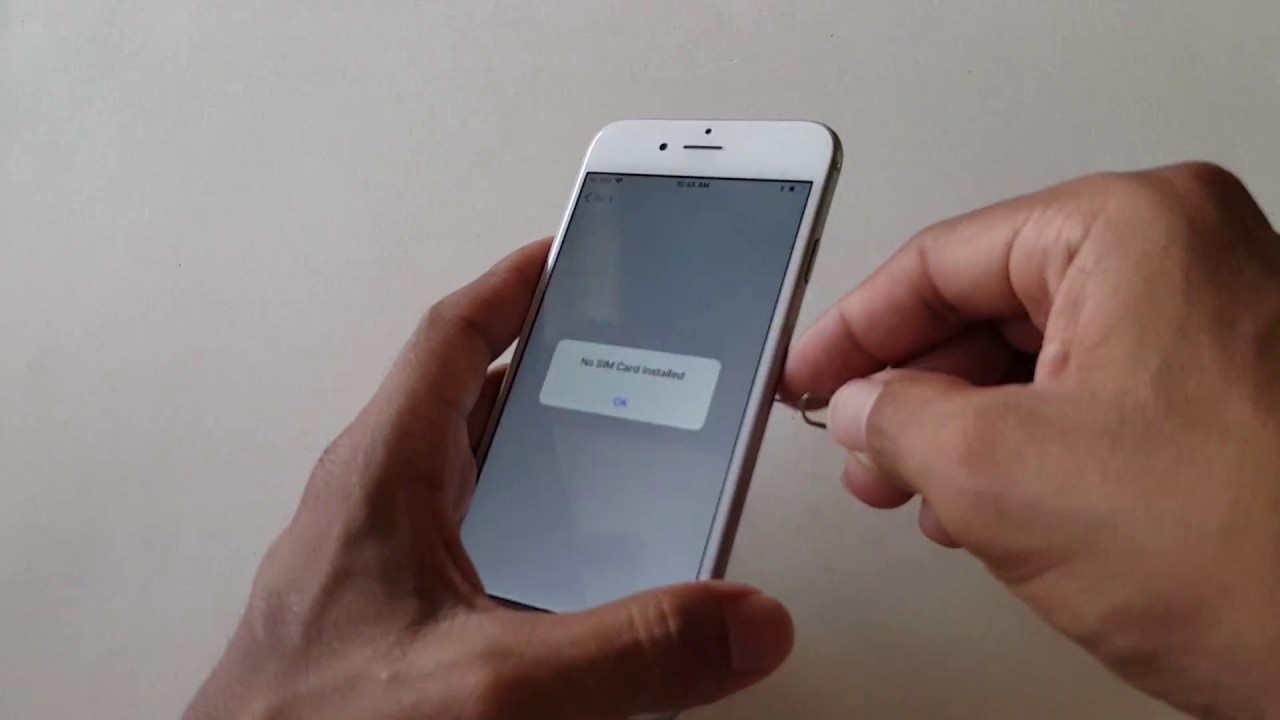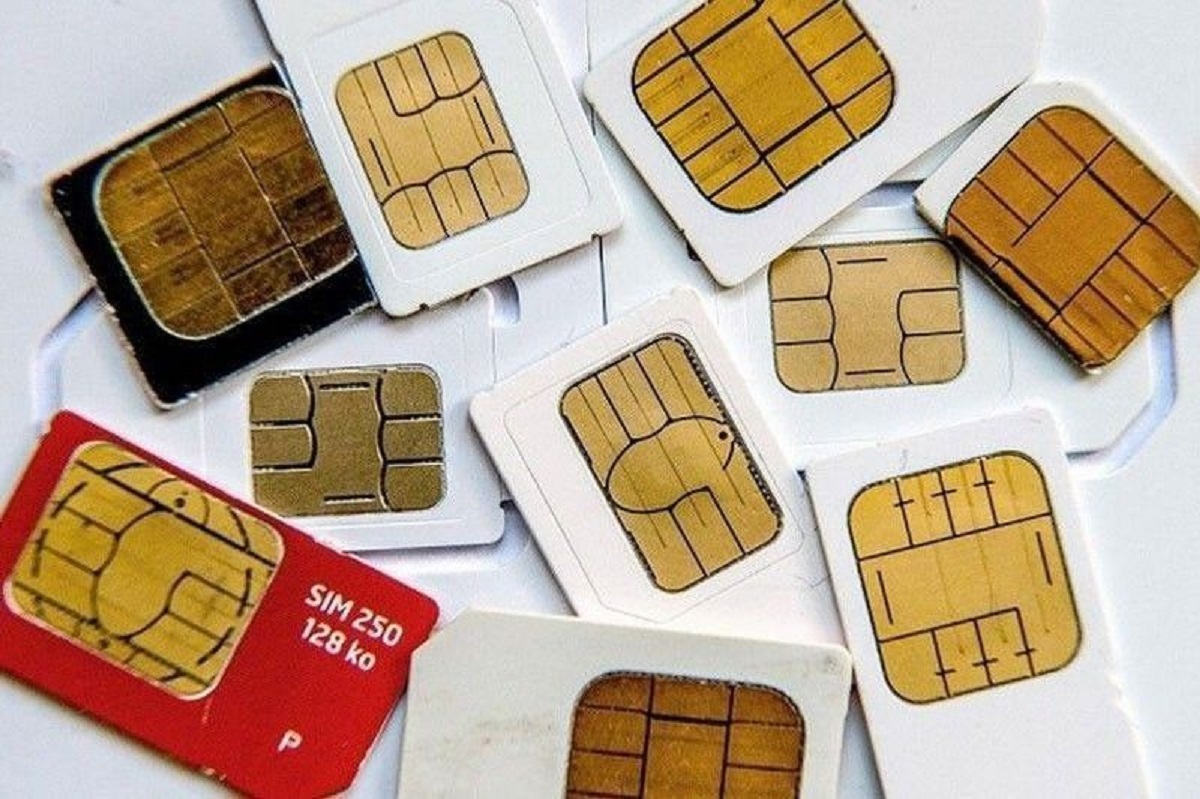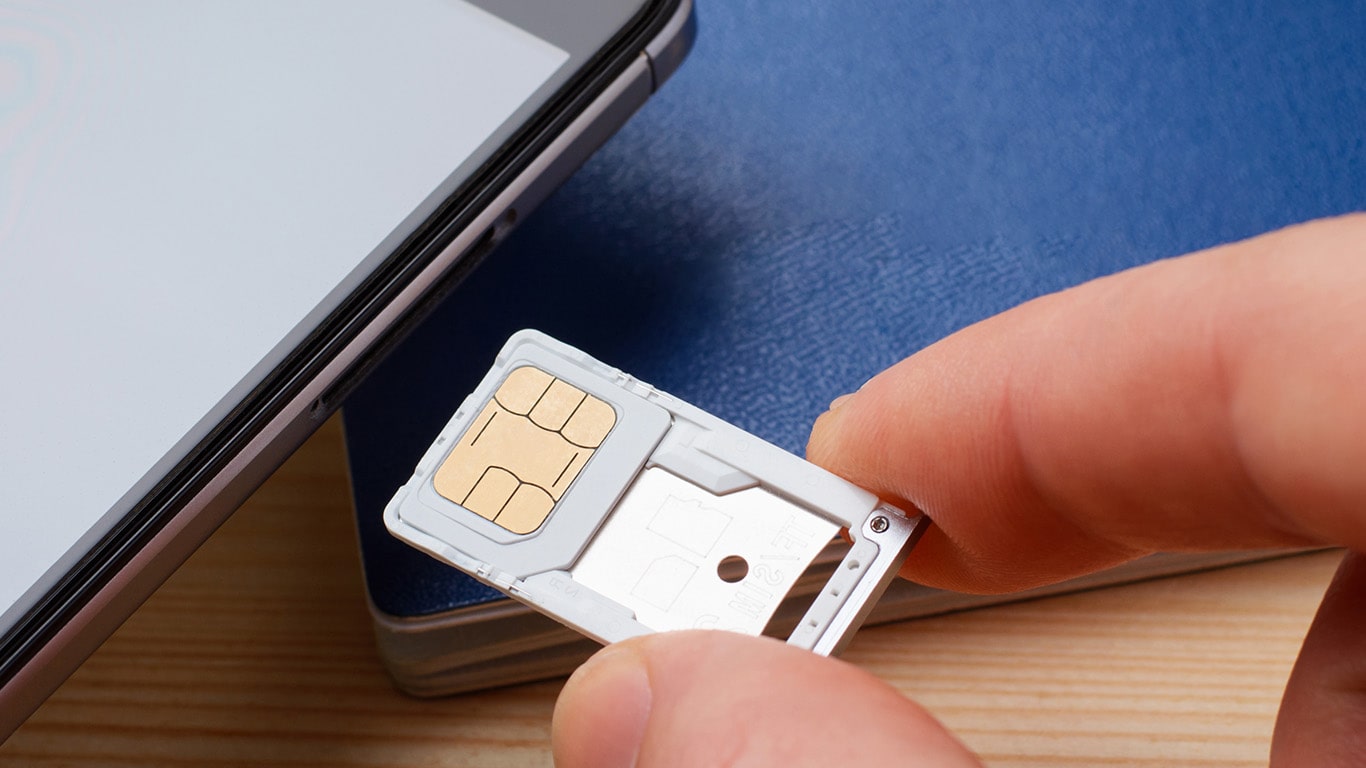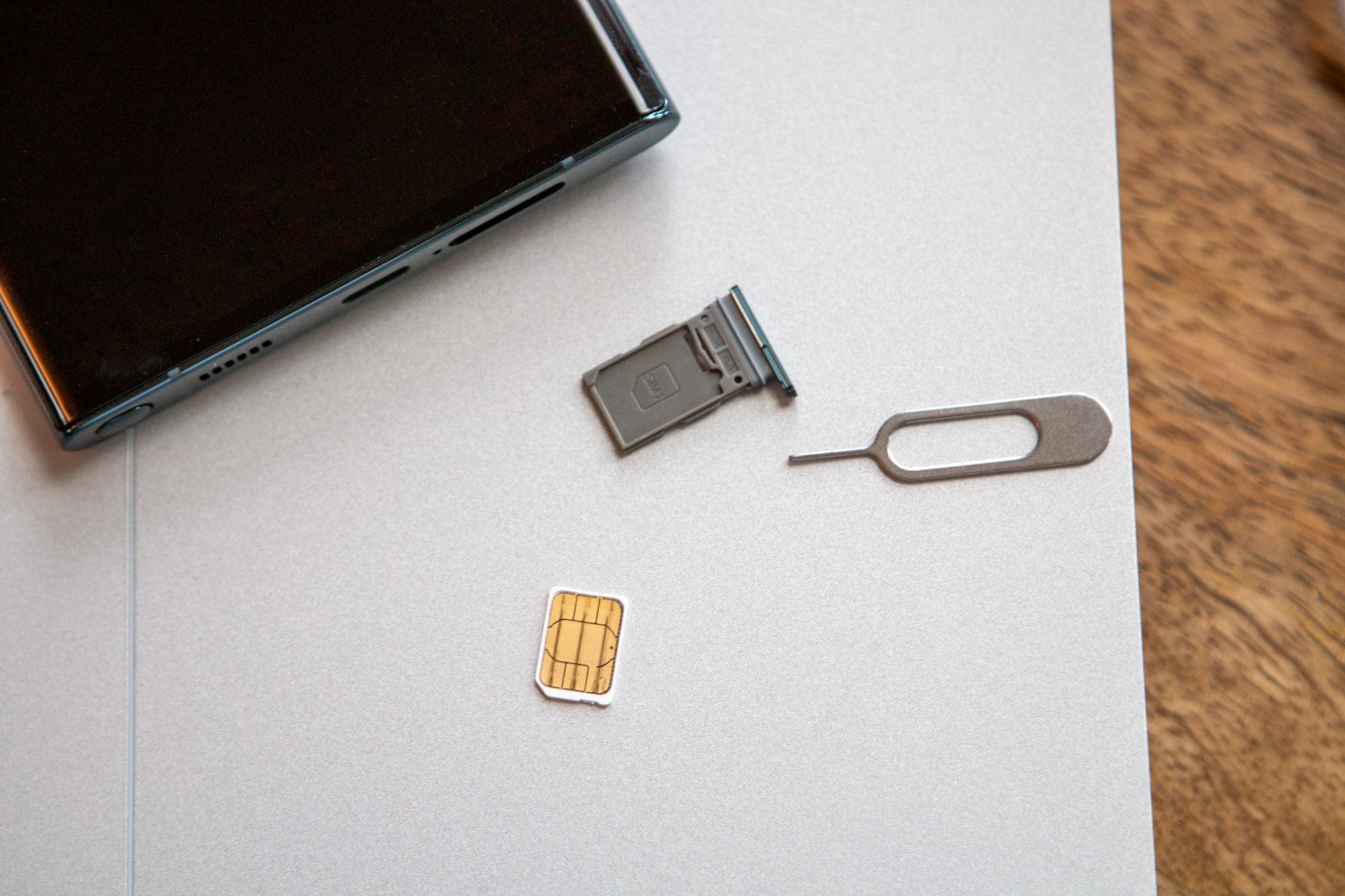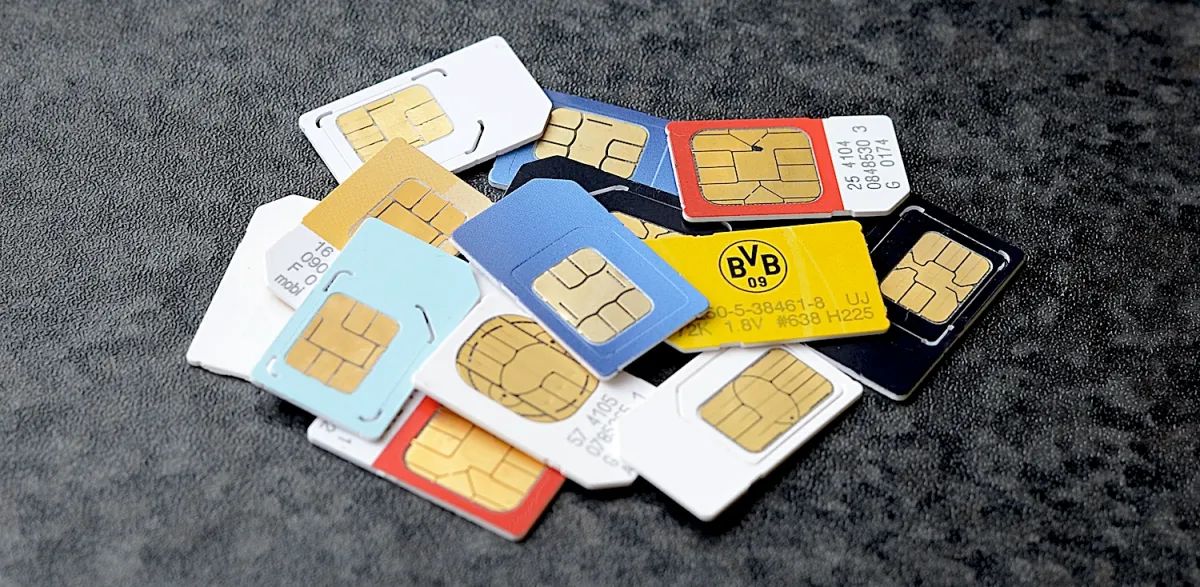Introduction
Removing your SIM card from your mobile device may seem like a simple and inconsequential action, but the repercussions can be more significant than you might realize. The SIM card, short for Subscriber Identity Module, plays a crucial role in enabling your device to connect to a mobile network and access various communication services. It serves as the unique identifier for your mobile account, linking your device to your mobile number and allowing you to make calls, send text messages, and use mobile data.
In the following sections, we will explore the potential consequences of removing your SIM card, shedding light on the impact it can have on your ability to communicate, access essential services, and safeguard your digital identity. From the loss of communication services to the potential security risks, each aspect will be examined to provide a comprehensive understanding of the implications associated with this seemingly minor action.
As we delve into the intricacies of SIM card removal, it becomes evident that this small piece of technology holds immense significance in the realm of mobile communication and digital connectivity. By unraveling the implications of its absence, we aim to raise awareness about the importance of maintaining the integrity of this fundamental component in the mobile ecosystem.
Loss of Communication Services
The removal of a SIM card from a mobile device can lead to a profound loss of communication services, disrupting the seamless connectivity that has become integral to modern living. Without a functioning SIM card, the ability to make and receive calls, send and receive text messages, and access mobile data is severely compromised. This loss of connectivity can be particularly distressing in emergency situations, where immediate communication is crucial.
Furthermore, the absence of a SIM card renders the mobile device incapable of accessing the mobile network, effectively severing its ties to the broader communication infrastructure. As a result, the device becomes isolated, unable to tap into the vast web of digital connectivity that underpins modern society. This isolation can be disorienting and frustrating, especially for individuals who rely heavily on their mobile devices for both personal and professional communication.
In addition to the direct impact on voice calls and text messages, the absence of a SIM card also hinders the ability to use mobile data services. This limitation impedes access to a wide array of online resources, including emails, instant messaging platforms, social media, and web browsing. The seamless flow of information that mobile data facilitates is abruptly halted, disrupting the interconnectedness that has become synonymous with the digital age.
Moreover, the loss of communication services extends beyond individual inconvenience, as it can also affect the ability to stay connected with family, friends, and colleagues. The inability to reach out to loved ones or respond to work-related communications can lead to misunderstandings, missed opportunities, and a sense of disconnection from the broader social and professional spheres.
In essence, the removal of a SIM card disrupts the very essence of mobile communication, stripping away the seamless connectivity that has become an intrinsic part of daily life. The repercussions of this loss reverberate through various facets of personal and professional interactions, highlighting the profound impact of a seemingly minor alteration to the mobile device's configuration.
Inability to Receive Verification Codes
The inability to receive verification codes is a direct consequence of removing the SIM card from a mobile device. In today's digital landscape, verification codes play a pivotal role in ensuring the security and integrity of online accounts and transactions. Whether it's logging into a social media platform, accessing online banking services, or verifying identity during online transactions, verification codes serve as a crucial layer of authentication, bolstering the security of digital interactions.
When a SIM card is removed from a mobile device, the associated mobile number, which is often used as the primary contact point for receiving verification codes, becomes inactive. As a result, any attempt to send a verification code to the disconnected number will be futile, leading to a failure in the authentication process.
This disruption in the receipt of verification codes can have far-reaching implications. It can impede the ability to access and manage various online accounts that rely on two-factor authentication, a widely adopted security measure that combines something the user knows (such as a password) with something they possess (such as their mobile device for receiving verification codes). Without the ability to receive verification codes, the second layer of authentication is rendered ineffective, potentially locking users out of their own accounts and digital assets.
Furthermore, the inability to receive verification codes can hinder the completion of critical transactions and processes that require identity verification. For instance, in the realm of online banking, the absence of verification codes can obstruct the authorization of financial transactions, adding a layer of inconvenience and security concern for users who rely on mobile-based authentication for their banking activities.
In the context of digital identity verification, the disruption in receiving verification codes can create hurdles in establishing and confirming one's identity across various digital platforms. This can hinder the seamless and secure utilization of online services that require stringent identity verification, such as e-commerce platforms, healthcare portals, and government services.
The impact of the inability to receive verification codes extends beyond individual inconvenience, as it raises concerns about the security of digital interactions. Without the safeguard provided by two-factor authentication and verification codes, the vulnerability to unauthorized access and fraudulent activities is heightened, underscoring the critical role that the SIM card plays in fortifying the security of digital interactions.
In essence, the inability to receive verification codes due to the removal of a SIM card underscores the intricate link between mobile connectivity and digital security. It serves as a stark reminder of the multifaceted role that the SIM card plays in fortifying the security and reliability of digital interactions, emphasizing the need to safeguard this fundamental component of mobile connectivity.
Disruption of Two-Factor Authentication
The removal of a SIM card from a mobile device can lead to a profound disruption in the realm of two-factor authentication (2FA), a vital security measure designed to fortify the integrity of digital interactions. Two-factor authentication, also known as multi-factor authentication, adds an additional layer of security beyond the traditional username and password combination, typically involving the use of a secondary authentication method, such as a verification code sent to the user's mobile device.
When a SIM card is removed from a mobile device, the associated mobile number, which serves as the primary conduit for receiving verification codes in the 2FA process, becomes inactive. As a result, the seamless flow of verification codes, crucial for the second layer of authentication, is disrupted. This interruption undermines the efficacy of two-factor authentication, posing significant security implications in the digital realm.
The disruption of two-factor authentication due to the absence of a SIM card can have far-reaching consequences. It can impede the ability to securely access and manage a wide array of online accounts and services that rely on this robust security measure. Platforms spanning social media, email services, financial institutions, and e-commerce portals often mandate the use of two-factor authentication to bolster the protection of user accounts and sensitive information.
Furthermore, the disruption in two-factor authentication can leave digital interactions vulnerable to unauthorized access and potential security breaches. Without the robust safeguard provided by 2FA, the risk of unauthorized account access, identity theft, and fraudulent activities is heightened, exposing users to a myriad of security threats in the digital landscape.
In the context of financial transactions, the disruption of two-factor authentication can hinder the secure authorization of online payments and banking activities, potentially exposing users to financial risks and fraudulent transactions. The inability to seamlessly receive and validate verification codes undermines the secure validation of digital transactions, eroding the trust and reliability of online financial interactions.
Moreover, the disruption in two-factor authentication highlights the intricate link between mobile connectivity and digital security, underscoring the indispensable role of the SIM card in fortifying the security of digital interactions. It serves as a poignant reminder of the critical interplay between mobile technology, authentication mechanisms, and the safeguarding of digital assets and sensitive information.
In essence, the disruption of two-factor authentication resulting from the removal of a SIM card accentuates the intricate nexus between mobile connectivity and digital security. It underscores the critical role of the SIM card in upholding the integrity of two-factor authentication, emphasizing the imperative of preserving this fundamental component in the realm of digital security.
Loss of Contact Information
The removal of a SIM card from a mobile device can lead to a significant loss of contact information, disrupting the seamless access to essential personal and professional connections. The SIM card, serving as the repository of crucial contact details linked to the mobile number, plays a pivotal role in facilitating communication with family, friends, colleagues, and acquaintances. When the SIM card is removed, the absence of this vital link to contact information can have profound implications for maintaining connections and staying in touch with individuals across various spheres of life.
The loss of contact information can be particularly distressing in personal and familial contexts, where the inability to access stored contacts can impede the ability to reach out to loved ones and maintain meaningful connections. The absence of the SIM card disrupts the seamless access to contact numbers, making it challenging to stay connected with family members, friends, and acquaintances. This disruption can lead to missed opportunities for communication, diminished social interactions, and a sense of disconnection from the broader personal network.
In the professional realm, the loss of contact information can pose challenges in maintaining seamless communication with colleagues, clients, and business associates. The absence of the SIM card hampers the ability to access essential contact details stored in the device, potentially leading to missed work-related communications, delayed responses, and a hindered workflow. This disruption can impact professional relationships, collaboration efforts, and the overall efficiency of communication within the professional sphere.
Moreover, the loss of contact information due to the removal of a SIM card underscores the reliance on mobile devices as repositories of essential communication details. It highlights the interconnectedness of contact information with the mobile ecosystem, emphasizing the pivotal role of the SIM card in enabling seamless access to stored contacts and fostering meaningful connections across personal and professional domains.
In essence, the loss of contact information resulting from the removal of a SIM card highlights the intricate link between mobile connectivity and interpersonal communication. It serves as a poignant reminder of the indispensable role of the SIM card in preserving essential contact details and facilitating seamless communication, underscoring the significance of maintaining the integrity of this fundamental component in the realm of personal and professional connections.
Potential Security Risks
The removal of a SIM card from a mobile device introduces a myriad of potential security risks that can significantly compromise the integrity and confidentiality of digital interactions. This seemingly innocuous action can have far-reaching implications, exposing users to vulnerabilities and threats in the digital landscape.
One of the primary security risks associated with the absence of a SIM card is the heightened susceptibility to unauthorized access and identity theft. The SIM card serves as a crucial element in authenticating the user's identity and enabling secure access to mobile networks and digital services. Without the SIM card, the robustness of this authentication framework is compromised, potentially opening the door to unauthorized individuals seeking to exploit this vulnerability for nefarious purposes.
Furthermore, the absence of a SIM card can leave the mobile device and the associated digital accounts exposed to potential breaches and unauthorized activities. The disruption in two-factor authentication, which heavily relies on the seamless receipt of verification codes via the mobile number linked to the SIM card, undermines the robustness of security measures, leaving digital assets and sensitive information susceptible to compromise.
Moreover, the removal of a SIM card can hinder the secure validation of online transactions and interactions, introducing uncertainties and vulnerabilities in the realm of digital financial activities. The disruption in receiving verification codes, essential for authorizing financial transactions and validating identity, can create opportunities for fraudulent activities and unauthorized access to financial accounts, posing significant risks to the financial well-being and security of users.
Additionally, the absence of a SIM card can impede the ability to remotely lock or erase the device in case of loss or theft, exacerbating the risks associated with unauthorized access to personal and sensitive data. The SIM card plays a pivotal role in enabling remote security measures, such as remote device locking and data wiping, which are crucial for safeguarding the confidentiality and integrity of the data stored on the device.
In essence, the potential security risks stemming from the removal of a SIM card underscore the intricate interplay between mobile connectivity, digital security, and the safeguarding of sensitive information. It serves as a stark reminder of the indispensable role of the SIM card in fortifying the security of digital interactions, emphasizing the imperative of preserving this fundamental component to mitigate vulnerabilities and protect against potential threats in the digital realm.







